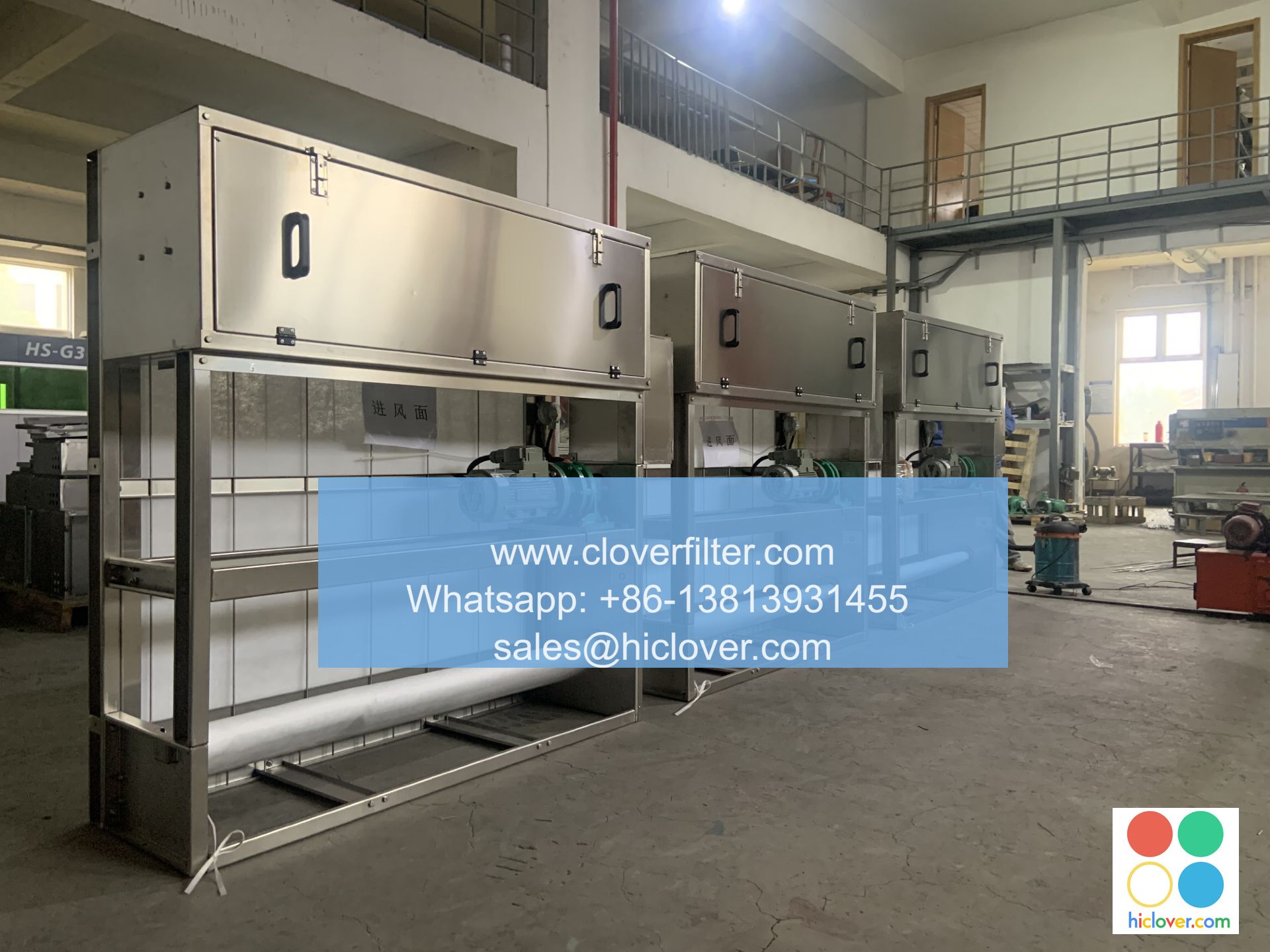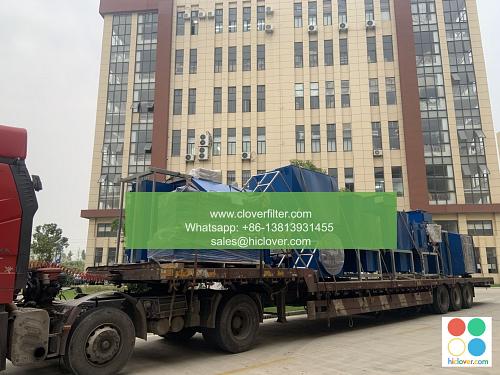How Air Filters Work: A Beginner’s Guide

Air filters are a crucial component in maintaining good indoor air quality, and they are used in a variety of applications, including heating, ventilation, and air conditioning (HVAC) systems, air purifiers, and industrial air filtration systems. In this article, we will delve into the world of air filters, exploring how they work, the different types of air filters available, and their various application areas.
What is an Air Filter?
An air filter is a device that is designed to remove airborne contaminants, such as dust, pollen, smoke, and other particles, from the air. Air filters work by using a filter medium, such as a fiber mesh or a chemical filter, to trap particles and prevent them from passing through. The filter medium is typically housed in a filter frame or filter housing, which is designed to be easily installed and replaced.
How Do Air Filters Work?
The process of air filtration is relatively simple. Here’s a step-by-step explanation of how air filters work:
1. Air intake: The air filter draws in air from the surrounding environment, which contains various airborne contaminants.
2. Filteration: The air then passes through the filter medium, which traps the contaminants, allowing clean air to pass through.
3. Filtered air: The filtered air is then released back into the environment, free from most airborne contaminants.
Types of Air Filters
There are several types of air filters available, each with its own unique characteristics and application areas. Some of the most common types of air filters include:
* Mechanical air filters: These filters use a physical barrier to trap particles and are commonly used in HVAC systems and air purifiers.
* Activated carbon filters: These filters use activated carbon to remove gases and odors from the air and are often used in air purifiers and industrial air filtration systems.
* HEPA filters: These filters use a high-efficiency particulate air (HEPA) filter medium to remove 99.97% of particles as small as 0.3 microns and are commonly used in hospitals, clean rooms, and industrial air filtration systems.
Application Areas of Air Filters
Air filters have a wide range of application areas, including:
* Residential HVAC systems: Air filters are used to improve indoor air quality and reduce the risk of respiratory problems.
* Commercial HVAC systems: Air filters are used to maintain good indoor air quality and reduce the risk of occupational health problems.
* Industrial air filtration systems: Air filters are used to remove hazardous airborne contaminants and maintain a safe working environment.
* Air purifiers: Air filters are used to remove airborne allergens and pollutants from the air, improving indoor air quality.
* Medical facilities: Air filters are used to maintain sterile environments and reduce the risk of nosocomial infections.
Conclusion
In conclusion, air filters play a crucial role in maintaining good indoor air quality and are used in a variety of applications, including HVAC systems, air purifiers, and industrial air filtration systems. By understanding how air filters work and the different types of air filters available, individuals can make informed decisions about their indoor air quality and take steps to improve it. Whether you’re looking to improve the air quality in your home, office, or industrial facility, air filters are an essential component in achieving a healthier and safer environment. You haven’t given me a prompt or asked a question yet. What would you like to talk about or ask?

